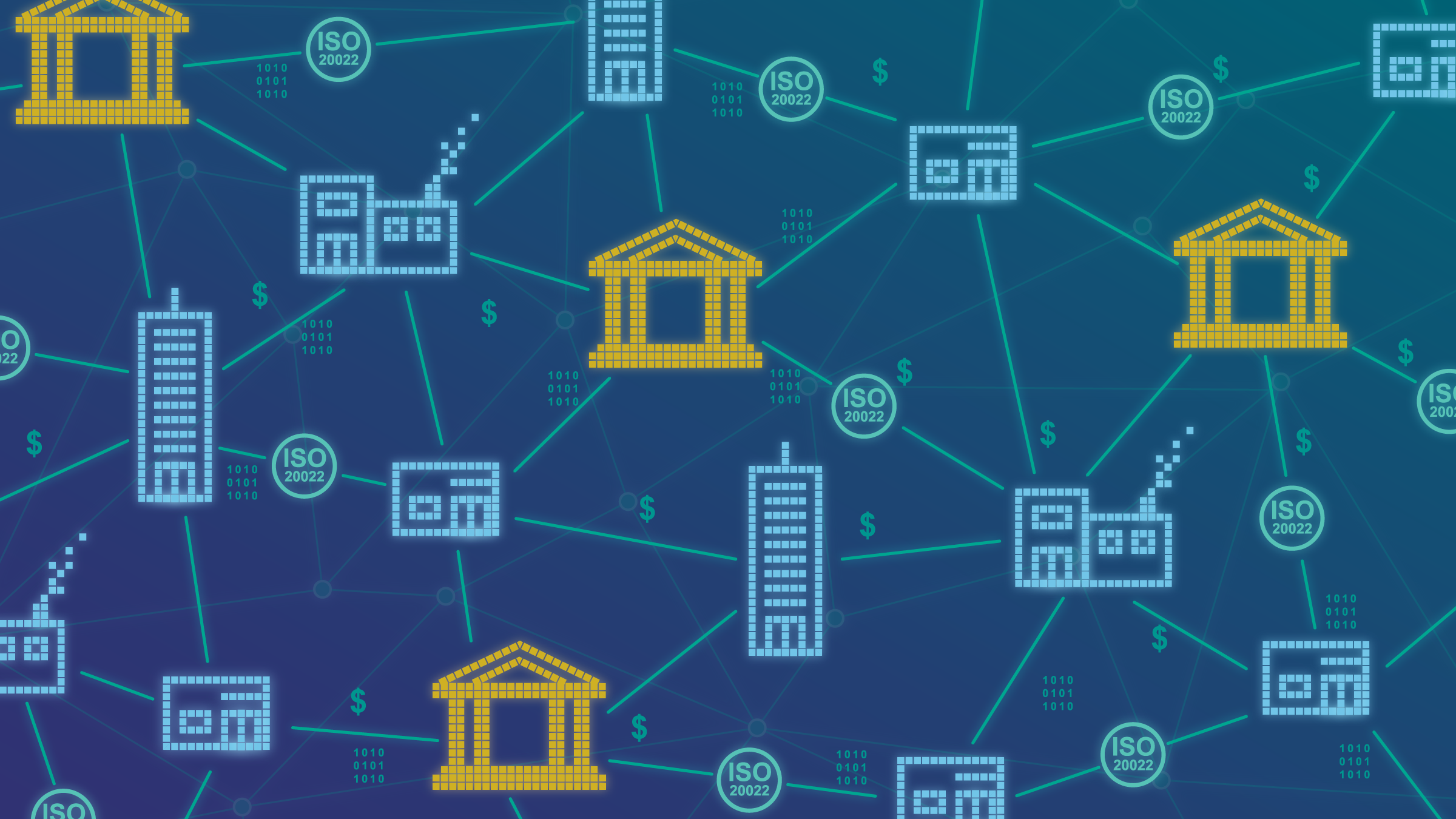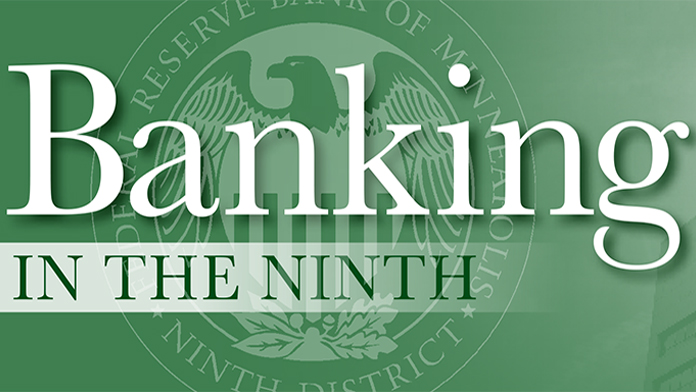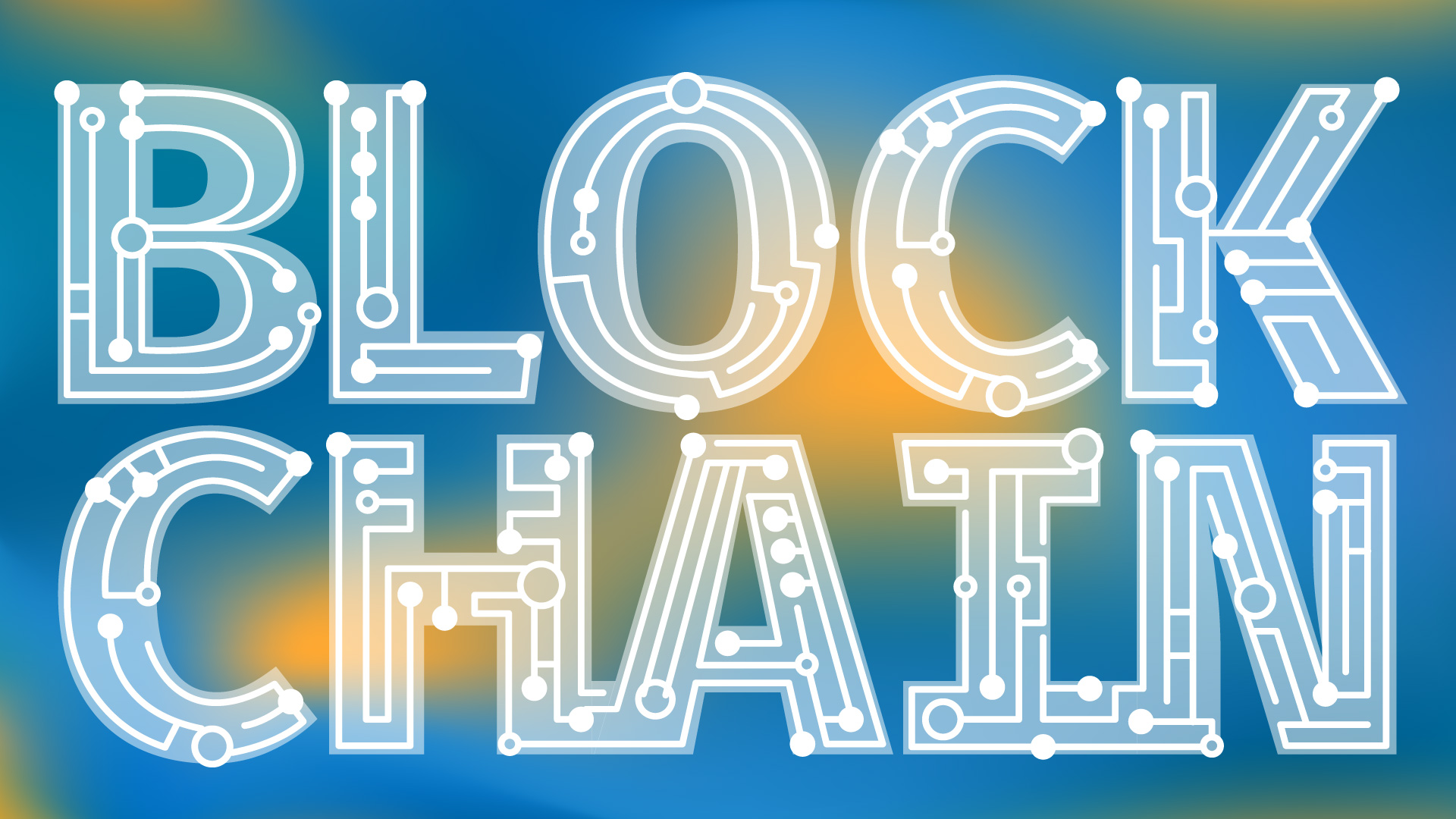Disclaimer: Views are the author’s and do not necessarily reflect those of the Federal Reserve Bank of Minneapolis or the Federal Reserve System.
Just as many country roads eventually converge into a larger thoroughfare, the path to efficient and automated business-to-business (B2B) payments grows both smoother and wider through the efforts of the Business Payments Coalition (BPC) and strong support from the Federal Reserve System.
The challenge of business payment efficiency
B2B payments are payments from one business to another for goods or services. Of course, that seems obvious. But a B2B payment is not just an exchange of dollars and cents. These payments require payers and payees to exchange information about the payment and the purchase before, during, and after the actual exchange of money. For example:
- What is being purchased, how much of it, and for what price?
- Who are the payer and payee?
- What is the payee’s electronic payment information (routing number, account number, and so on)?
- Which invoices are being paid, and is the full invoice being paid or just part of it?
These exchanges of information can be electronic (enabling automation) or paper-based (therefore, largely manual) and sometimes both. But, says Todd Albers, senior payments consultant at the Minneapolis Fed and e-invoice expert, when they aren’t all electronic and formatted for automated processing, this exchange of information slows down and costs almost five times more.
Businesses need specific data for their accounts payable and accounts receivable processes. Information such as purchase order information, tax information, and dates are all required for proper accounting of the purchase and sale of goods and services. But exactly what data elements are needed and how they are formatted and sent matters a great deal to efficient automated processing.
For the past 25 years or so, many service providers, like banks and payment processors, have developed their own messaging formats to help support businesses with their B2B payment processes. When both the seller (payee) and the buyer (payer) use the same provider, automated processing is straightforward and efficient. But when the seller and buyer use different providers or when one party doesn’t support electronic processing at all, efficiency suffers. “To compensate for this,” says Albers, “many sellers are forced to have relationships with several different service providers to accommodate buyer payment preferences, which causes a cascade of inefficiencies across supply chains. The additional costs to support their back-end processing can significantly eat into the bottom line.”
Small and medium-sized businesses might want to move to more electronic and automated processing, but the cost to do so can be prohibitive and hard to justify. Because they have fewer resources available for investment in back-end, non-revenue-generating processes, they lack ready access to automation technology. In order to achieve automation and avoid the inefficiencies of manual processes, businesses often turn to service providers as cost-effective enablers. Yet the problem of end-to-end efficiency persists.
Turning the corner
But there’s hope. The BPC, a volunteer-based industry group of businesses and payment service provider professionals, has worked diligently to evaluate an electronic exchange framework for business information related to payments. By surveying a variety of businesses on the required data elements for invoices, the BPC learned that prescriptive messaging standards could support automating delivery of the needed data. Business payment service providers, from large financial institutions to services like QuickBooks, could then adopt these standards to facilitate electronic exchange of invoice information formatted for automated processing, even by legacy systems. Though some upgrades will be needed, the adoption of these messaging standards by service providers could unlock value for customers who currently spend time and resources on manual processes and accessing multiple provider portals.
Automating posting of electronic payments received is another priority for businesses, because retrieving information about the invoices being paid—remittance information—is largely a manual process. Though matching up payments received to remittance information has some additional challenges, Patti Ritter, payment remittance expert and senior payments consultant at the Minneapolis Fed, says momentum to solve remittance issues is also building.
A recent event, hosted by UMACHA, the electronic payment association of the Upper Midwest, in partnership with the Minneapolis Fed, initiated a dialogue with financial institutions and payment service providers at the executive level on the effects of COVID-19. Due to the pandemic, many businesses are experiencing financial strain in meeting B2B payment obligations. Further, manual processing of payments requires on-site staff, an additional issue during this time. The advent of the pandemic bears some resemblance to the issues experienced following the 9/11 terrorist attacks, when planes were grounded and physical checks could not reach their destinations. Check21 emerged as a result of that terrible triggering event, allowing physical checks to be electronically transmitted. Similarly, the COVID-19 pandemic may be another such event, spurring movement toward ubiquitous electronic B2B payments and automation.
Recent industry research initiated by the Federal Reserve System in collaboration with Kearney and Glenbrook Partners, sought to determine which efforts to improve B2B efficiency have the greatest potential and highest likelihood of success. The team gathered insight from 60 businesses and over 115 experts. The feedback was then analyzed with the support and strong partnership of experts and leaders from across the Federal Reserve System. The results clearly indicated that the time is right for the industry to invest in enabling electronic payment information exchange and improving process automation.
Importantly, the BPC is close to fulfilling its goal of developing an exchange framework for sending and receiving e-invoices. The next landmark on the path toward business payment efficiency requires service providers, including banks and credit unions, to engage in strategic planning to determine how to support their corporate customers in leveraging these industry developments. The executives participating in the recent forum agreed: Making the time now to strategize and plan means better results down the road.






